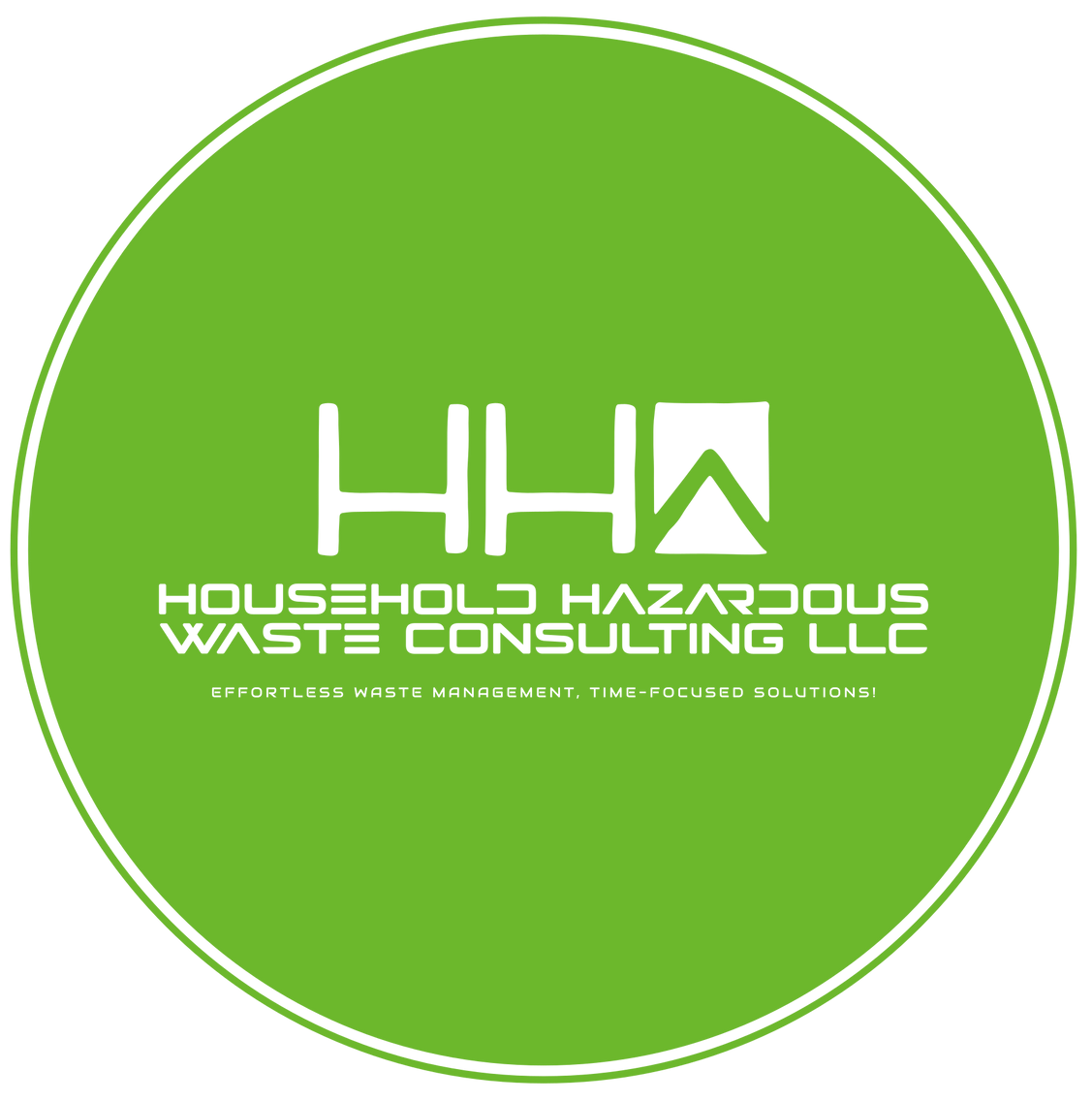Ensure Environmental Safety with These Simple Practices for Handling Household Hazardous Waste
Introduction: Managing household hazardous waste (HHW) is crucial for environmental safety and compliance. Proper HHW management prevents harm to humans, animals, and the environment.
Tip 1: Proper Identification of Hazardous Waste Start by identifying hazardous materials in your home. Common items include batteries, pesticides, paints, and cleaning chemicals. Check labels for warning signs like "caution," "hazardous," "flammable," or "poison."
Tip 2: Safe Storage Solutions Store hazardous waste in its original container with labels intact. Keep these materials in a cool, dry place, away from children and pets. Use secure, leak-proof containers to prevent spills.
Tip 3: Scheduling and Participating in HHW Events Participate in local HHW collection events to safely dispose of hazardous materials. Schedule regular cleanouts to avoid accumulation and contact your local waste management authority for event dates and guidelines.
Tip 4: Safe Transportation and Acceptable Quantities Transport hazardous materials in secure containers to prevent leaks. Follow DOT (Department of Transportation) standards for acceptable quantities: typically, no more than 5 gallons or 50 pounds per trip. Use a well-ventilated vehicle and avoid combining incompatible materials.
Conclusion: Effective HHW management involves proper identification, safe storage, regular disposal, and safe transportation. By following these tips, you can manage HHW effectively and sustainably. For more information and professional consulting services, contact us today!


